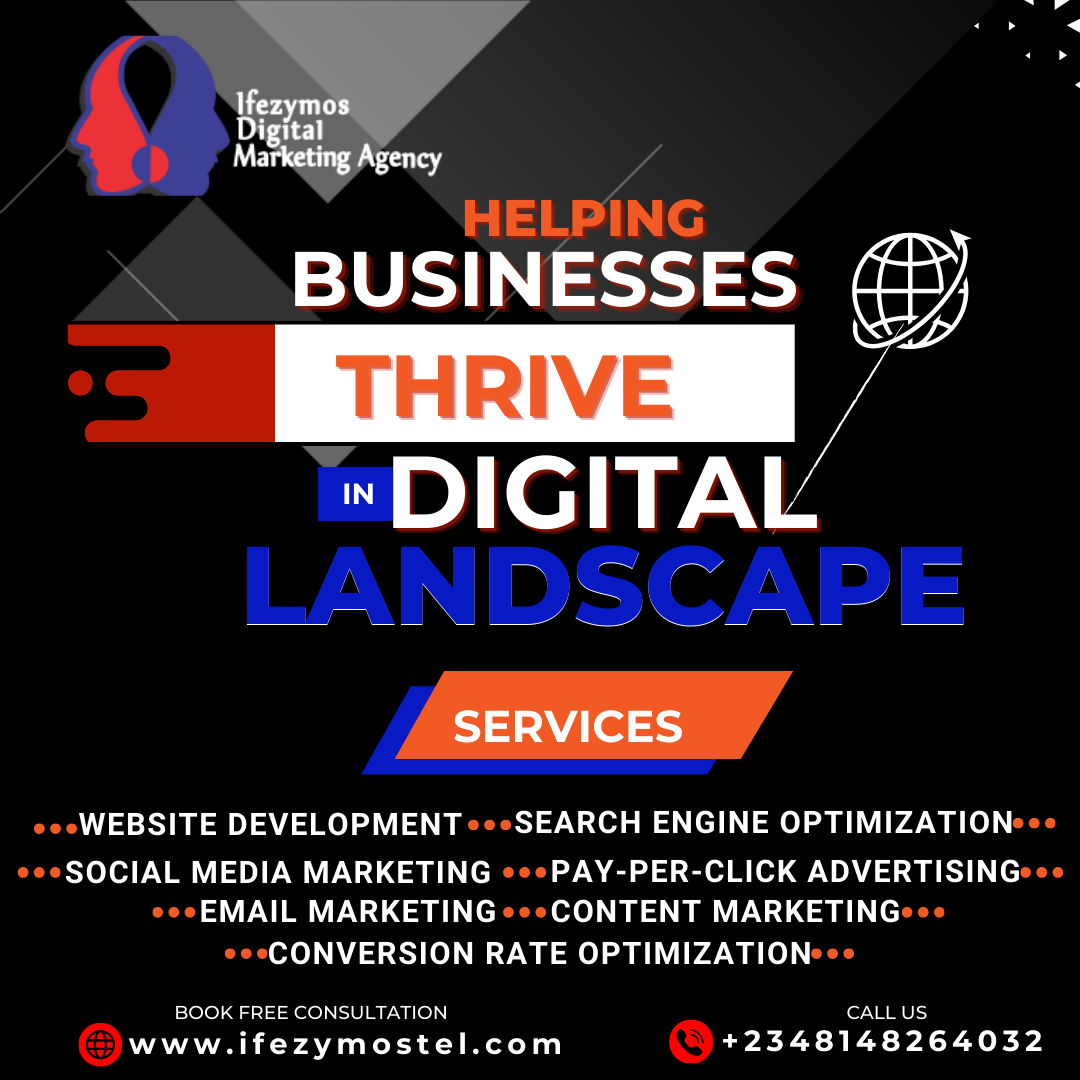Boost Sales with Strategic Marketing Techniques
Introduction:In today’s highly competitive business landscape, effective marketing strategies play a crucial role in driving sales and ensuring business success. By adopting the right marketing techniques, businesses can effectively reach their target audience, build brand awareness, and ultimately boost sales. In this article, we will explore some proven marketing strategies to help businesses enhance their sales figures and stay ahead of the competition. 1. Define your target audience:WPForms To boost sales, it is essential to clearly define your target audience. By understanding their demographics, characteristics, and preferences, you can tailor your marketing efforts to resonate with their needs and effectively position your product or service. 2. Invest in social media marketing:Social media platforms have become powerful tools for businesses to connect with their audience, share engaging content, and drive sales. Utilize platforms like Facebook, Instagram, and LinkedIn to create targeted ad campaigns and engage with potential customers through compelling content and interactive features. 3. Leverage content marketing:Content marketing involves creating and distributing valuable and relevant content to attract and engage with your target audience. Share informative blog posts, videos, and infographics that provide solutions to their pain points. This builds trust and positions your brand as an industry leader, resulting in increased sales. 4. Optimize your website for search engines:Implementing search engine optimization (SEO) techniques ensures your website ranks higher on search engine results pages. By including relevant keywords, optimizing page load speed, and having a mobile-friendly design, you can improve your website’s visibility, driving organic traffic and boosting sales. 5. Implement effective email marketing campaigns:Email marketing allows you to nurture leads, build customer relationships, and drive sales. Craft personalized and targeted email campaigns that provide value to recipients, such as exclusive discounts, curated content, or product updates. Segment your email lists based on customer preferences and behaviors for higher open and conversion rates. 6. Offer incentives and promotions:Create attractive offers, discounts, or loyalty programs to capture your audience’s attention and encourage them to make a purchase. Time-limited promotions, freebies, or exclusive deals generate a sense of urgency and drive immediate sales. 7. Collaborate with influencers:Influencer marketing involves partnering with influential individuals who have a significant following and credibility in your industry. By leveraging their audience and trust, you can increase brand visibility and drive sales. Choose influencers whose values align with your brand and collaborate on sponsored content or product endorsements. 9. Conduct customer surveys and feedback:Gathering insights from your customers is invaluable for improving your products, services, and marketing efforts. Implement customer surveys or feedback forms to understand their preferences, pain points, and expectations. Tailor your marketing campaigns accordingly, ensuring you meet their needs and increase sales. 10. Analyze and optimize:Regularly analyze marketing campaign performance metrics like website traffic, conversion rates, and customer acquisition costs. Identify successful strategies and areas for improvement. Continuously optimize your marketing efforts based on data-driven insights to maximize sales and return on investment. Conclusion:Increasing sales requires a strategic approach to marketing. By defining your target audience, utilizing social media, content marketing, and SEO techniques, offering incentives, leveraging influencers, implementing remarketing, and gathering customer feedback, you can optimize and boost your sales. Continuously analyze and optimize your marketing strategies to stay ahead and maintain a competitive edge in your industry. |
Boost Sales with Strategic Marketing Techniques Read More »





